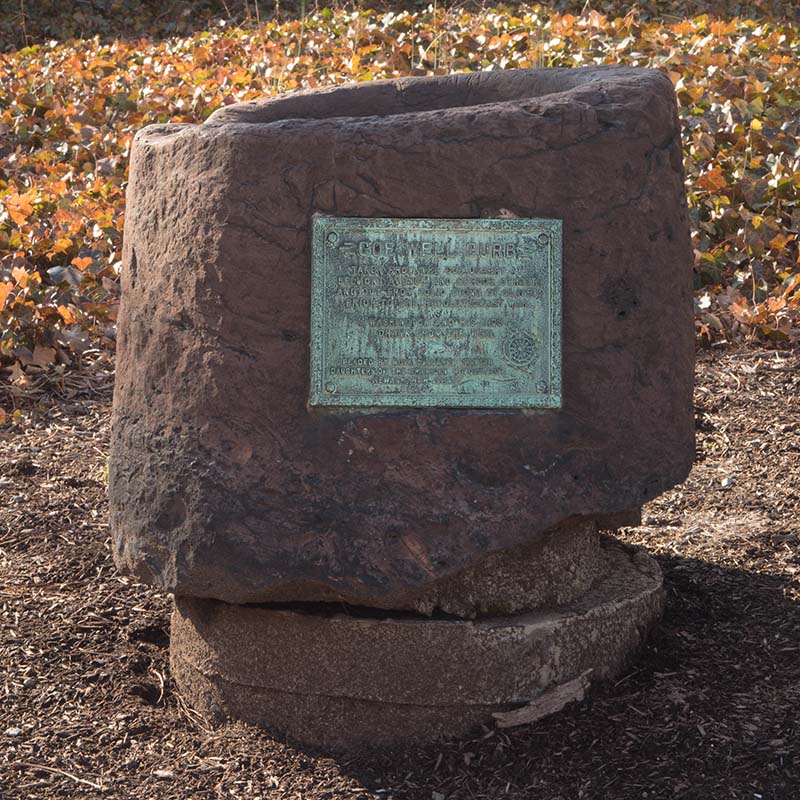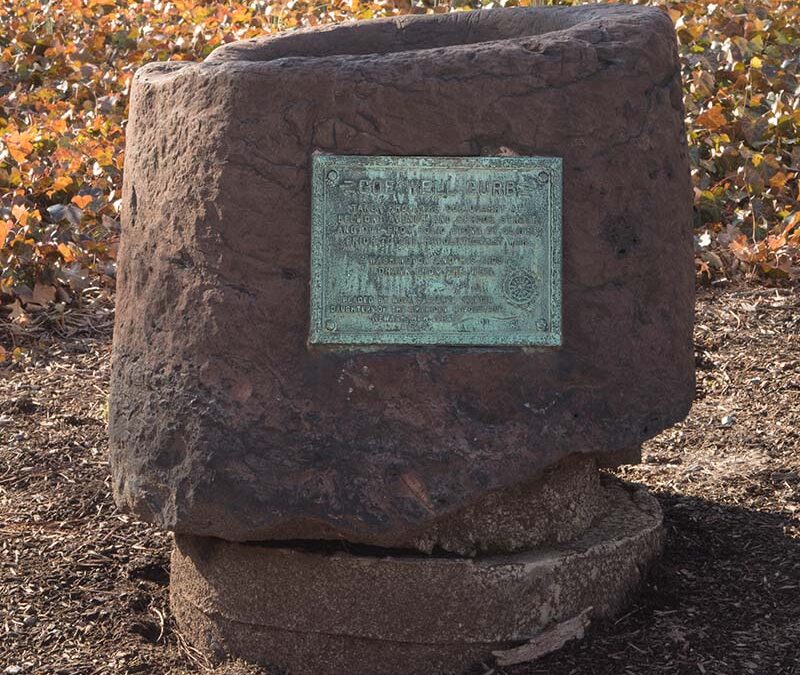Well Curb

| Maker | Unknown maker |
| Date of Creation | Mid–18th century |
| Location | Newark, New Jersey |
| Materials | Limestone |
| Institution | The Newark Museum of Art |
| Credit Line | Gift of the Nova Caesarea Chapter, Daughters of the American Revolution, 1927 |
| Accession Number | 27.146 |
| Photo Credit | Photo by Richard Goodbody |
This well curb surrounded an 18th-century water source in front of the Benjamin Coe house at the corner of Court and Washington Streets in Newark, NJ. Grooves in the stone’s surface mark the place where enslaved laborers used ropes to pull up buckets of water. One of the oldest surviving objects created by enslaved people in Newark, it was quarried and carved on the Coe estate in the Weequahic neighborhood in Newark’s South Ward. The Coes, a family of Newark landowners, prospered through slave labor. As a thriving city of industry, Newark was connected to the slave trade both directly and indirectly in the 18th and 19th centuries. Historical records show that enslaved people lived and labored in homes, farms, and cottage industries throughout the city. This well curb was vital to the Coe family, so much that they relocated it to another home at Coe’s Place and Court Street in 1800 and to other Newark properties throughout the 19th century. Since slavery was not abolished in New Jersey until 1866, enslaved Newarkers may have been responsible for the hard labor necessary to move it. As this object was connected to stories about George Washington in Newark during the Revolutionary War, it was gifted to the Daughters of the American Revolution in 1919 and to The Newark Museum of Art in 1927. The Coe well curb stands as a reminder of the enslaved and free Black community of Newark, present since the 17th century. Some of the Black community’s descendants still live in Newark and New Jersey.

